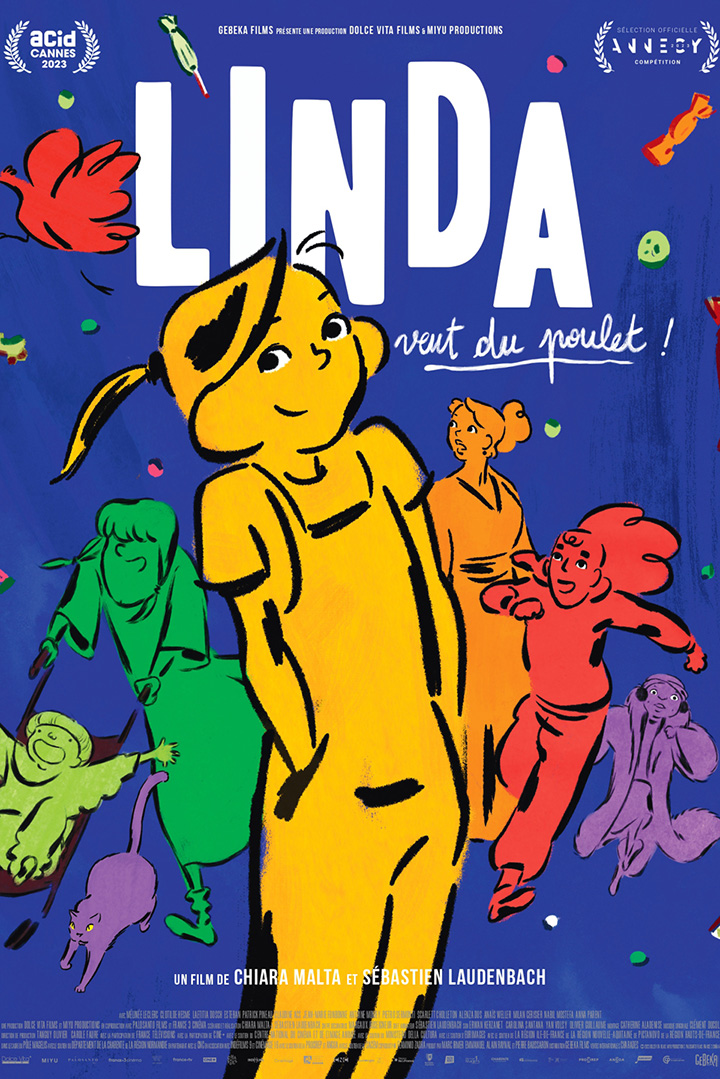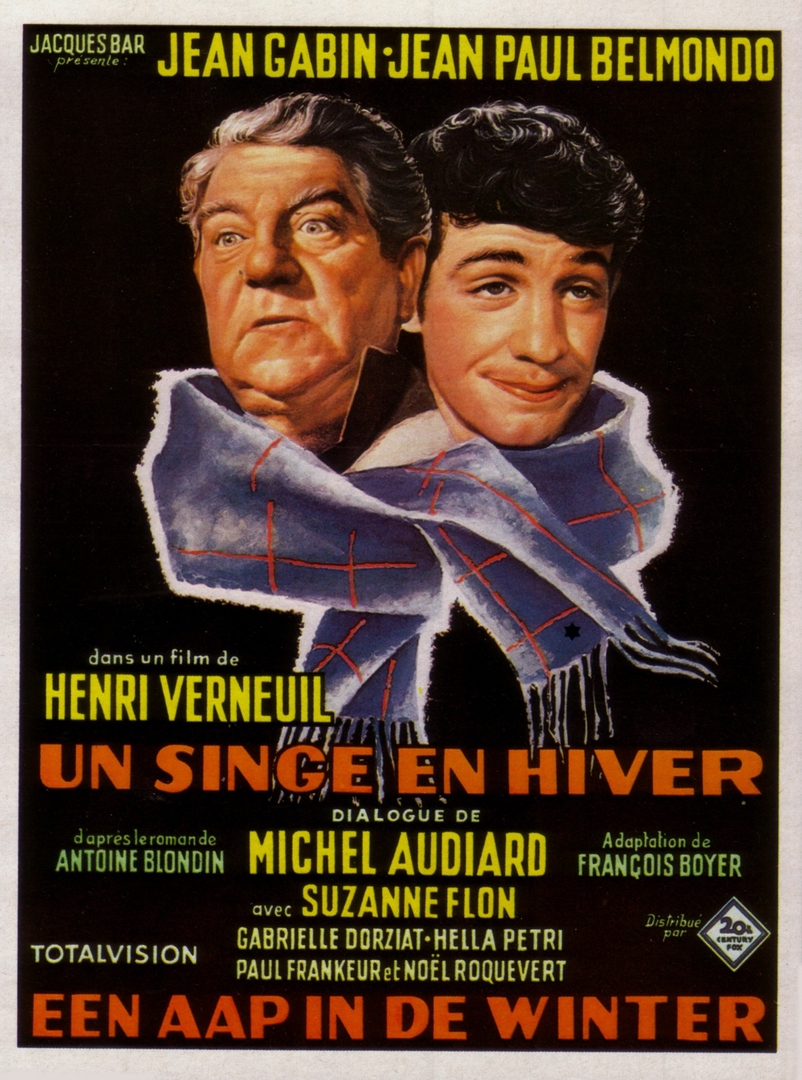Pather Panchali
Making lists is an activity moviegoers are fond of. Every year, the same ritual: compilation of the ten best films, with comparative analyses, debates, heated discussions. But what about the ultimate list of the most outstanding films in the history of cinema? That is to say, those films that must be seen, those that have forever transformed the art of cinema, but also our way of seeing a culture, of understanding the world as well as our own lives? This program aims to tackle this challenge with nearly eighty films, produced between 1916 and 1960, while waiting for your lists!
The story of Apu, a little boy living in a Brahmin family in rural Bengal in the 1920s who discovers life, with its share of harshness. One of Satyajit Ray's masterpieces, transcended by the music of the great sitarist Ravi Shankar.

Satyajit Ray
Born in 1921 in Calcutta, Satyajit Ray was the son of a Bengali writer and poet and grew up in an affluent, arts-oriented family. He studied economics before joining the University founded by the poet and philosopher Rabindranath Tagore. In his youth, he worked for a while as an advertising illustrator while developing a passion for cinema. Following the independence of India, in 1947, Ray founded the Calcutta Film Society, where many screenings were organized. His discovery of Italian neo-realism and his meeting with Jean Renoir, who came to India to shoot The River, encouraged him to make his first film, Pather Panchali. The film was released in 1955 and earned him international recognition, which was confirmed by his subsequent films. Over the decades, he explored different genres and constituted one of the most impressive and influential works of the 20th century. A complete artist, Satyajit Ray was also a writer, editor, illustrator and composer, signing the music of his own films from the 1960s onwards.






